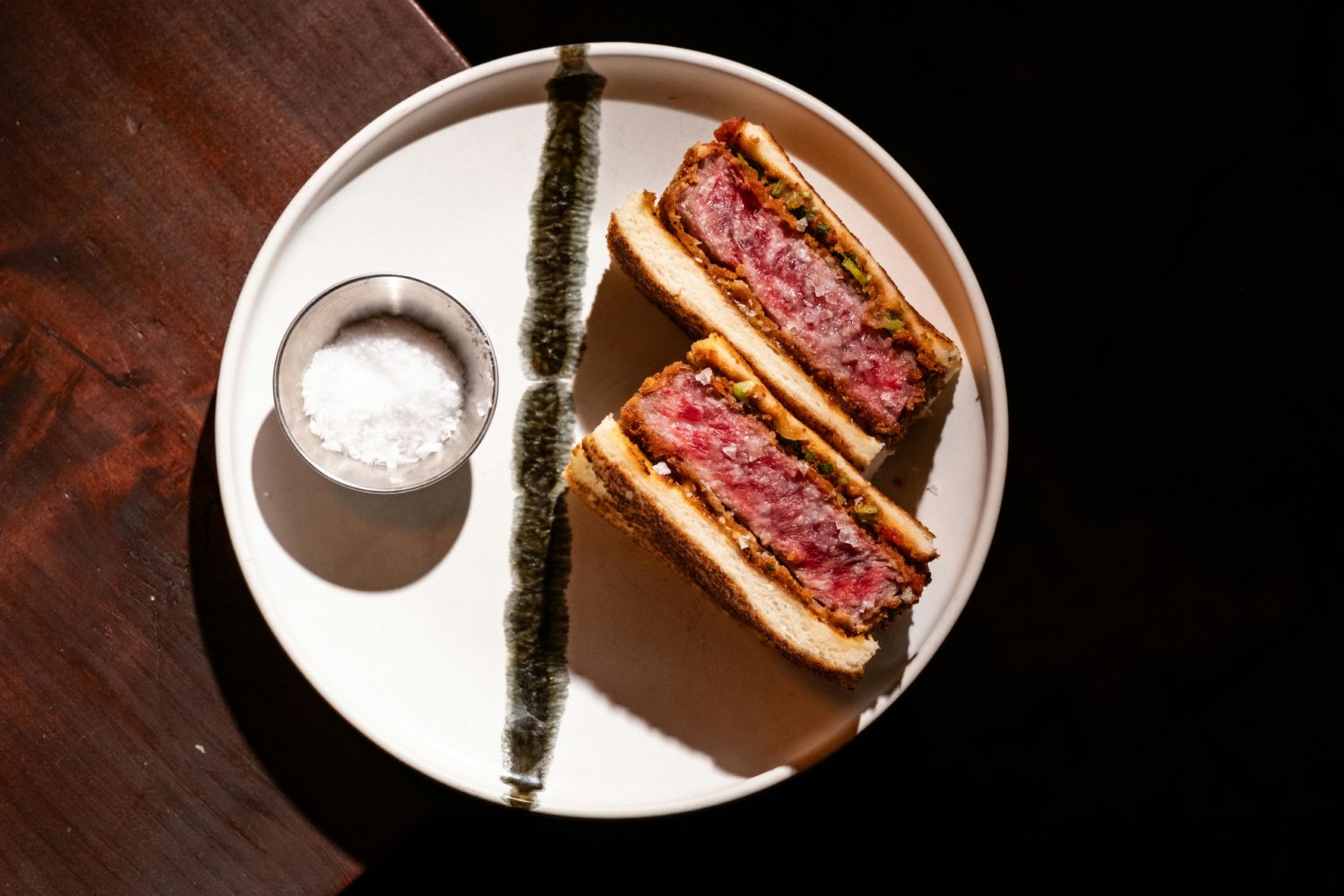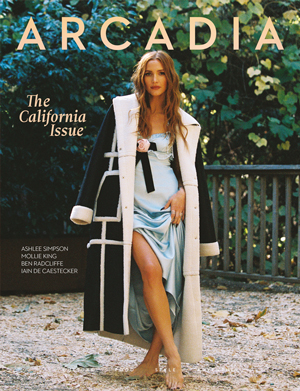
Australian Wagyu has emerged as one of the most sought-after beef varieties, captivating steak enthusiasts with its rich marbling and extraordinary tenderness. Unlike ordinary beef, Australian Wagyu offers a luxurious mouthfeel and depth of flavor that transform any meal into a memorable occasion. Its unique combination of heritage breeding and modern production methods has redefined expectations for premium beef around the world.
The allure of Australian Wagyu lies in its consistent quality and the meticulous care behind its production. From selective breeding programs rooted in Japanese genetics to precise grain feeding regimens, every step contributes to the beef’s signature buttery texture. This dedication ensures that each cut delivers an unforgettable culinary experience, making it a preferred choice for chefs and home cooks who appreciate excellence.
Steak lovers who explore Australian Wagyu discover more than just superior taste; they engage with a tradition of craftsmanship that elevates dining to an art. Whether prepared simply on a grill or featured in elaborate recipes, Wagyu showcases an unmatched ability to melt in the mouth. For anyone passionate about steak, trying Australian Wagyu is an experience that sets a new standard of enjoyment.
The Rising Prestige of Australian Wagyu
Over the past few decades, Australian Wagyu has steadily earned a reputation as one of the most coveted beef varieties among discerning steak enthusiasts. While Japan may be the birthplace of Wagyu, Australia has mastered the craft of raising this exceptional cattle, blending centuries-old traditions with modern agricultural innovation. Producers across Australia have invested in meticulous breeding programs and strict feeding protocols to ensure the meat achieves its renowned marbling and flavor profile.
This evolution did not happen overnight. Australian ranchers recognized the market demand for premium, richly marbled beef and saw an opportunity to cultivate a product that could rival, and in some cases surpass, Japanese imports. They adapted traditional Japanese genetics to local climates and pasture conditions, creating a distinctive identity for Australian Wagyu. The result is beef that consistently meets the highest standards of tenderness, succulence, and refined taste.
Australian Wagyu’s reputation has been shaped through a unique blend of breeding traditions and advanced production methods. Rooted in Japanese genetics and refined through Australian innovation, these premium beef practices such as controlled feeding regimens and precise herd management have elevated it to one of the most admired luxury meats in the world.
The Genetics Behind Exceptional Marbling
One of the core elements that distinguishes Australian Wagyu is its genetic lineage. Australian herds often trace their ancestry to the revered Japanese Tajima bloodlines, known for the extraordinary intramuscular fat that creates Wagyu’s signature marbling. This genetic heritage is carefully maintained through selective breeding programs that prioritize not just marbling but also meat color, texture, and overall yield quality.
However, the breeding process is not limited to purebred Wagyu cattle. Many Australian producers employ crossbreeding strategies, integrating Wagyu genetics with traditional British breeds like Angus to balance marbling and yield. This thoughtful hybrid approach enables ranchers to produce beef that combines the buttery richness of Wagyu with the robustness favored in Western palates. It also helps adapt the animals to Australian pastures, which differ significantly from Japanese feeding environments.
This focus on genetics underscores a commitment to consistency. Consumers purchasing Australian Wagyu can expect reliable grading and traceability, backed by sophisticated herd management systems. These efforts ensure that each steak delivers the velvety texture and nuanced flavor that has become synonymous with Wagyu beef globally.
Feeding Protocols That Shape the Flavor
Beyond genetics, Australian Wagyu derives much of its singular flavor and texture from carefully controlled feeding protocols. Producers commonly finish Wagyu cattle on grain-based diets lasting upwards of 300 days, a practice designed to encourage the even distribution of intramuscular fat. This extended feeding period imparts a distinctive richness and depth to the beef that sets it apart from conventionally raised cattle.
The grains used in these finishing diets typically include barley, wheat, and corn, balanced with roughage to maintain digestive health. Producers monitor feed composition and intake meticulously, recognizing that subtle adjustments can significantly influence the final taste and marbling. Unlike mass market beef, where animals might be grain finished for far shorter periods, Wagyu’s prolonged feeding demands a substantial investment in time and resources.
This dedication yields a product that is not merely tender but also layered in complexity. The beef carries a clean, buttery richness with notes of sweetness and umami that reveal themselves as the steak melts on the palate. Such refinement underscores why Australian Wagyu has become a benchmark for culinary excellence in fine dining and home kitchens alike.
Grading Systems and Quality Assurance
Australian Wagyu producers adhere to some of the most rigorous grading and quality assurance standards in the global beef industry. The Meat Standards Australia (MSA) grading system evaluates beef on multiple criteria, including marbling score, color, fat distribution, and eating quality. Wagyu beef often achieves the highest marbling scores, reflecting the dense web of intramuscular fat that enhances tenderness and flavor.
Unlike generic beef grading, which may only consider external fat cover or carcass weight, the Wagyu grading process emphasizes intramuscular characteristics that directly affect the dining experience. Inspectors meticulously assess each cut to confirm it meets expectations for premium Wagyu. Such vigilance ensures that consumers can confidently purchase Australian Wagyu, knowing that every steak offers a consistent standard of excellence.
In addition to official grading, many producers implement proprietary quality assurance programs. These programs may include genetic verification, hormone-free certification, and animal welfare audits. The combination of independent oversight and self-regulation has strengthened Australia’s reputation as a trusted source of authentic Wagyu beef that delivers on its promise of luxury.
The Culinary Appeal of Australian Wagyu
For chefs and home cooks alike, Australian Wagyu offers a unique canvas for culinary expression. Its rich marbling allows for lower cooking temperatures while still achieving exceptional tenderness, a quality that lends itself to diverse preparation methods. Whether seared in a cast iron skillet, roasted over open flame, or prepared as sashimi, Wagyu rewards careful technique with unparalleled flavor.
One of the most notable aspects of Wagyu is how its fat melts at lower temperatures compared to conventional beef. This quality creates a moist, buttery mouthfeel that coats the palate without overwhelming it. When sliced thin and served medium rare, the beef reveals a delicate balance of savory and sweet, highlighting the craftsmanship behind every cut.
Australian Wagyu’s culinary versatility also makes it a popular choice for global cuisines. From classic French preparations like steak au poivre to contemporary Asian dishes featuring lightly seared Wagyu, the beef adapts beautifully to a wide range of flavor profiles. This adaptability ensures it continues to inspire chefs who are passionate about elevating beef to an art form.
Nutritional Profile and Health Considerations
While Wagyu is often associated with indulgence, it also offers a nutritional profile that can appeal to health-conscious diners. The intramuscular fat in Wagyu is rich in monounsaturated fatty acids, particularly oleic acid, which is believed to contribute to cardiovascular benefits when consumed in moderation. Compared to conventional beef, Wagyu’s fat composition can be closer to that found in olive oil, giving it a nutritional edge.
The marbling that defines Wagyu also provides higher levels of omega-3 and omega-6 fatty acids. These essential fats play a role in maintaining healthy cell membranes and reducing inflammation, supporting overall well-being. However, it remains important to approach Wagyu as an occasional luxury rather than a daily staple, given its higher caloric density.
Producers in Australia have increasingly embraced transparent labeling to help consumers make informed choices. Many Wagyu products feature detailed nutritional information and certifications for hormone and antibiotic-free production. This focus on clarity further underscores Australian Wagyu’s commitment to quality at every step of the supply chain.
Where to Experience Australian Wagyu
For steak enthusiasts eager to experience Australian Wagyu firsthand, a growing number of fine dining establishments around the world feature it prominently on their menus. From Michelin-starred restaurants in major cities to boutique steakhouses in regional centers, chefs continue to showcase Wagyu as the pinnacle of beef. Tasting menus often highlight different cuts, including ribeye, sirloin, and tenderloin, offering diners an immersive exploration of texture and flavor.
Retail options have also expanded in recent years, with specialty butchers and online purveyors bringing Wagyu directly to home cooks. Many suppliers offer vacuum-sealed steaks with detailed preparation guides, enabling consumers to recreate restaurant-quality experiences in their kitchens. This accessibility has played a key role in Wagyu’s growing popularity among culinary enthusiasts.
Whether enjoyed as part of a celebratory meal or a carefully planned tasting flight, Australian Wagyu represents an unmatched standard of beef excellence. For anyone passionate about steak, it is a must-try experience that delivers not only on flavor but also on the story of dedication, innovation, and respect for tradition.







